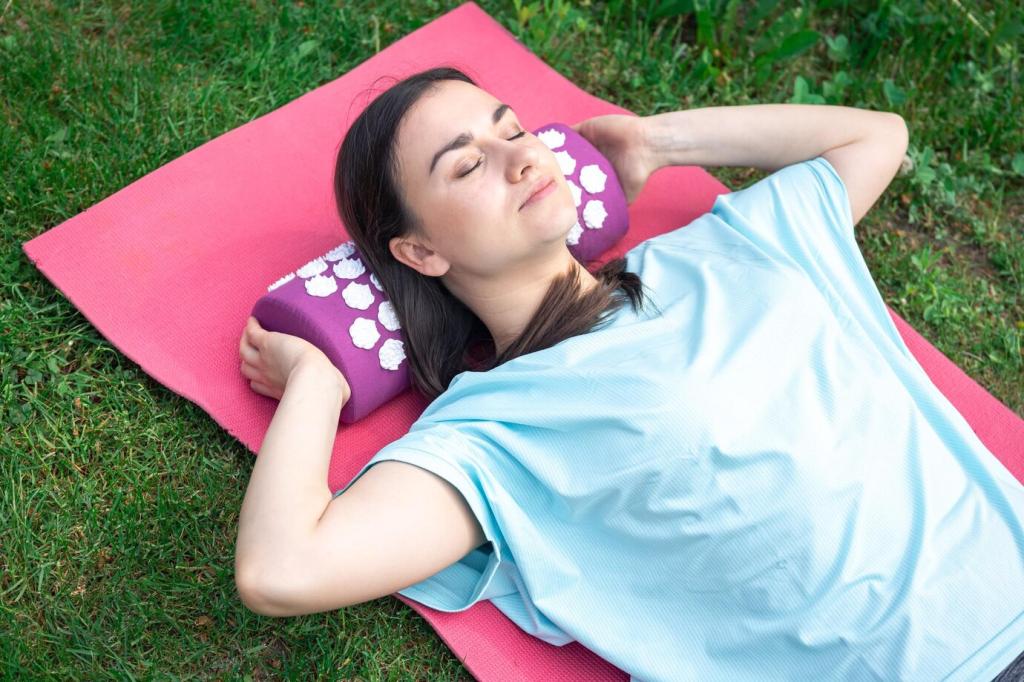Foundational Alignment for Safe Relaxation
Stand with feet hip-width, toes spreading, weight balanced through heels and balls. Gently lengthen through the crown while softening your jaw and eyes. Think grounded yet light. This simple stance restores focus during stressful moments. Try it now and tell us how your posture shifts your mood.
Foundational Alignment for Safe Relaxation
Stack ankles under knees, knees under hips, hips under shoulders whenever possible. Keep a tiny bend in the knees to avoid locking out. This alignment reduces tension and invites smoother breathing. Notice subtle ease when you stop bracing. Share your before-and-after sensation in the comments.
Foundational Alignment for Safe Relaxation
Use blocks, a folded blanket, or a pillow to bring the floor to you. Props remove struggle, which lets your nervous system relax. Comfort is the goal, not heroics. Show us your favorite prop setup and inspire another beginner to try a kinder path.







